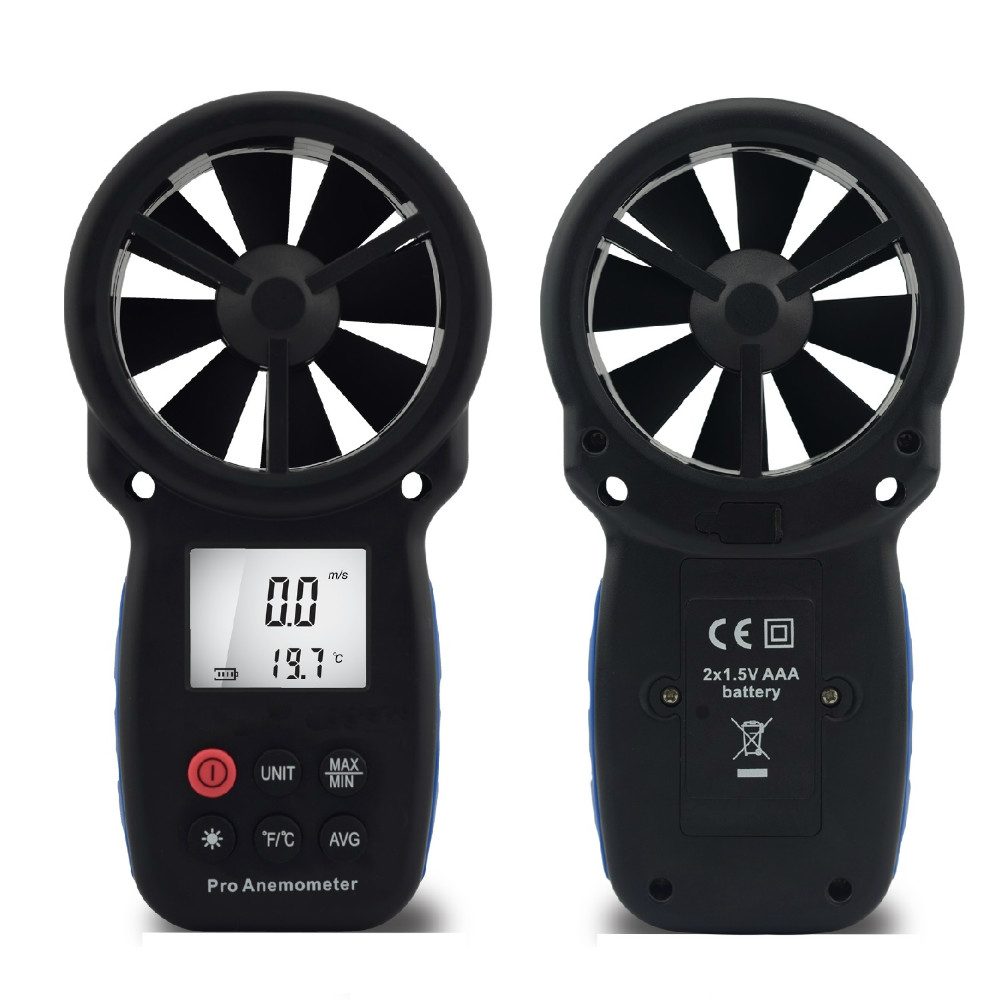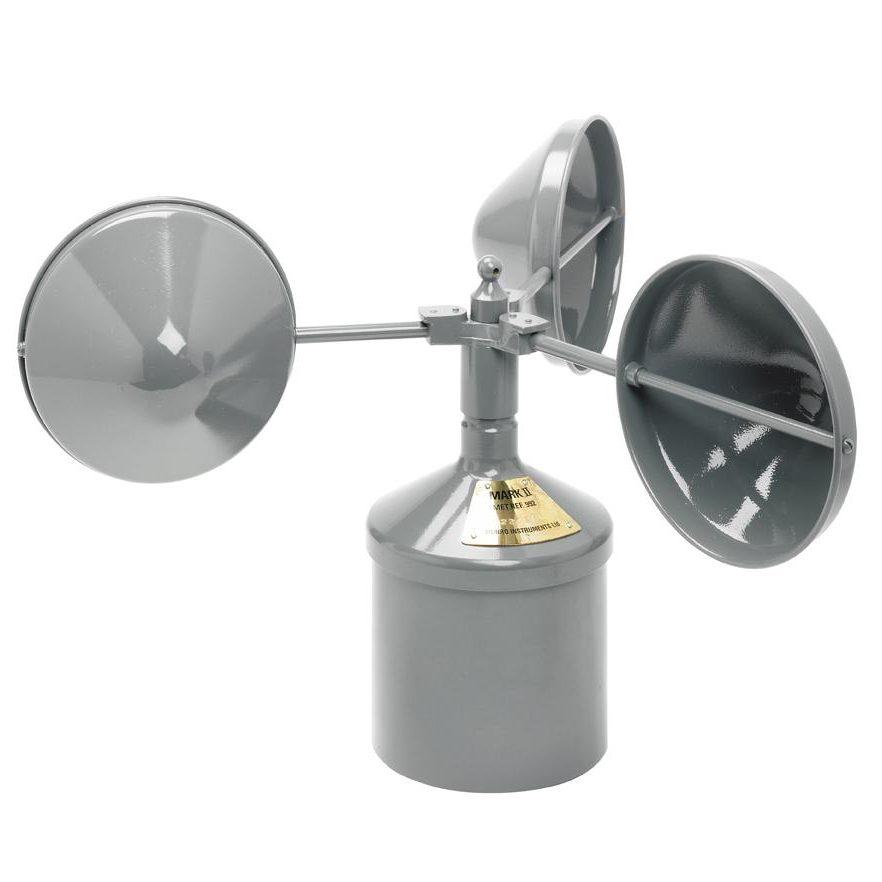How to Maintain and Look After Your Anemometer to Make Certain Long Life
How to Maintain and Look After Your Anemometer to Make Certain Long Life
Blog Article
Anemometers Revealed: Understanding Their Significance in Environmental Surveillance and Precaution
The role of anemometers in ecological monitoring and precaution is commonly ignored, yet their value is indisputable. These instruments have a lengthy background rooted in clinical questions and technological advancements, developing to end up being necessary tools in different areas. From meteorology to aeronautics safety and security, anemometers play a critical duty in providing accurate information that informs decision-making processes and boosts general safety. Understanding the details of anemometers introduces a world of crucial understandings that are essential to our understanding of the environment and the measures we require to guarantee security.
Background of Anemometers
The advancement of anemometers can be traced back to the ancient civilizations where rudimentary wind measuring tools were initial used. One of the earliest recognized anemometers was the hemispherical mug anemometer developed by Leon Battista Alberti in the 15th century.
In the 18th century, the popular scientist John Thomas Romney Robinson presented the Robinson anemometer, which featured four hemispherical cups placed on straight arms that extended from a central axis. This design ended up being a criterion in atmospheric dimensions as a result of its accuracy and reliability. Throughout the years, innovations in technology resulted in the advancement of even more contemporary anemometers, consisting of ultrasonic anemometers and laser Doppler anemometers, supplying increased accuracy and performance in gauging wind rate and instructions. The background of anemometers showcases an impressive trip of technology and progression in the area of weather forecasting.
Sorts Of Anemometers
Throughout the area of weather forecasting, different kinds of anemometers have actually been established to accurately determine wind rate and direction. The most common type is the cup anemometer, which contains three or four mugs installed on straight arms that rotate with the wind. As the cups rotate, the speed at which they rotate is straight symmetrical to the wind rate. One more widely made use of type is the vane anemometer, which includes a tail or fin that straightens itself with the wind instructions. This positioning permits the gadget to identify the wind instructions. Sonic anemometers utilize ultrasonic signals to measure wind rate and direction properly. They are typically made use of in research study applications due to their high accuracy. Hot-wire anemometers operate based upon the principle that the cooling impact of wind on a heated cord is proportional to the wind rate. These anemometers are appropriate for measuring reduced wind speeds with high precision. Each type of anemometer has its toughness and is selected based upon the certain demands of the surveillance job at hand.
Applications in Weather Forecasting
Having actually talked about the different kinds of anemometers made use of in weather forecasting for measuring wind speed and direction, it is vital to discover their sensible applications in the field. Anemometers play a critical role in meteorology by offering precise and real-time data on wind problems (anemometer). Meteorologists utilize anemometers to check wind rate and instructions to anticipate climate patterns, concern cautions for extreme climate occasions like tornadoes, typhoons, and storms, and assess weather for air travel safety
In meteorology, anemometers aid in understanding local and neighborhood wind patterns, which are essential for anticipating climate modifications and figuring out climatic patterns. These gadgets are likewise used in research to research microclimates, city warmth islands, and air pollution diffusion. Furthermore, anemometers are utilized in agriculture to enhance crop monitoring techniques, such as watering and chemical application, based on wind problems.
Importance in Air Travel Security
An indispensable aspect of making sure aviation safety depends on the meticulous surveillance of wind problems using anemometers. Anemometers play an important role in aeronautics by giving real-time information on wind speed and instructions, assisting pilots in making notified decisions throughout flight, take-off, and touchdown. Solid and unpredictable winds can dramatically affect airplane operations, making it crucial for air travel authorities to rely upon precise wind measurements to ensure the security of guests and crew.

In the vibrant environment of aeronautics, where even small changes in wind rate and instructions can have extensive impacts, anemometers stand as crucial devices for linked here advertising safe and safe flight.
Duty in Environmental Research Study
Anemometers play a critical role in environmental research by providing vital information on wind speed and direction. By precisely determining wind attributes, anemometers assist scientists examine the activity of toxins in the air, analyze the influence of commercial exhausts, and forecast the spread of impurities in the setting.


Conclusion
In conclusion, anemometers have played an essential duty in ecological tracking and safety and security measures. Understanding the significance of anemometers is crucial for properly measuring wind rate and instructions, which is crucial for anticipating climate patterns, guaranteeing secure air travel procedures, and performing environmental research studies.
One of the earliest known anemometers was the hemispherical mug anemometer developed by Leon Battista Alberti in the 15th century. Over the years, innovations in technology led to the development of even more modern-day anemometers, consisting of ultrasonic anemometers and laser Doppler anemometers, using increased accuracy and performance in determining wind rate and instructions. Hot-wire anemometers run based on the concept that the his response cooling result of wind on a warmed cable is proportional to the wind speed. Meteorologists utilize anemometers to keep track of wind rate and direction to anticipate weather condition patterns, issue warnings for serious weather condition events like twisters, storms, and storms, and evaluate atmospheric problems for air travel safety.
Comprehending the importance of anemometers is vital for properly determining wind speed and direction, which is crucial for anticipating weather condition patterns, guaranteeing secure aviation visit this site right here operations, and performing environmental researches. (anemometer)
Report this page